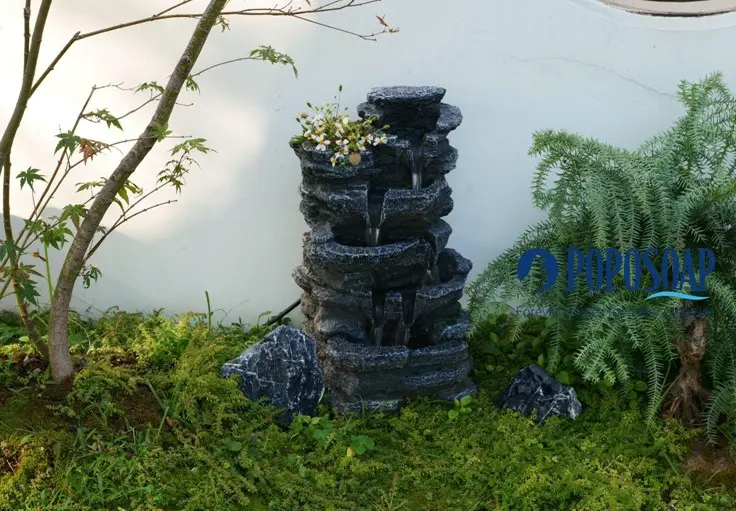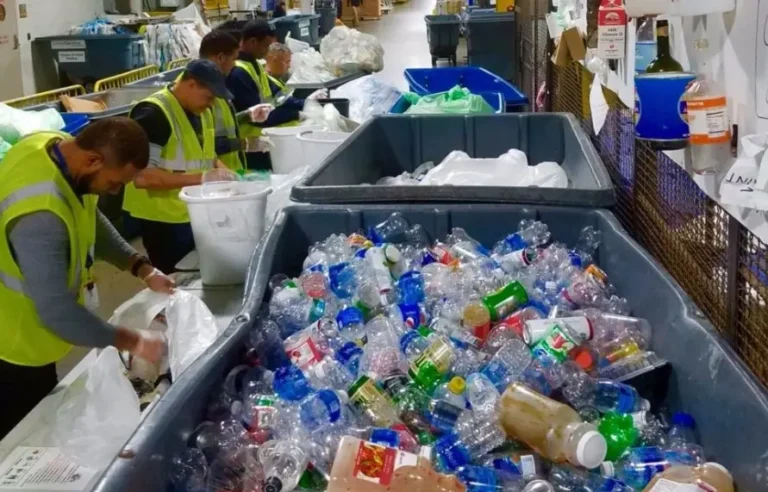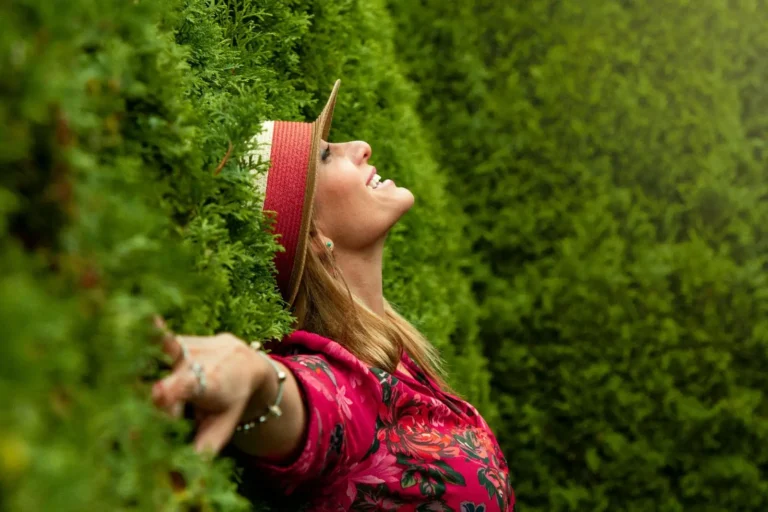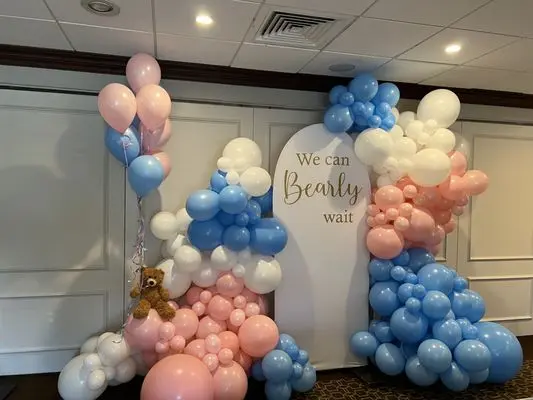Recreational Ponds: Your Complete Guide to Backyard Leisure and Natural Beauty
Imagine stepping out into your backyard and being greeted by the shimmering surface of a beautiful, clean pond where you can swim, relax, or simply sit and enjoy nature.
Ponds are growing in popularity as homeowners look for ways to combine natural landscaping with outdoor enjoyment.
Unlike traditional swimming pools, these eco-friendly water features blend seamlessly into your landscape, support local wildlife, and offer a year-round escape just steps from your door.
What is a Recreational Pond?
A recreational pond, often referred to as a natural swimming pond, is a man-made body of water designed not only for aesthetic appeal but also for swimming and relaxing.
Unlike chlorinated pools, these ponds rely on natural filtration processes involving plants, beneficial bacteria, and advanced mechanical filters to keep the water clean and safe.
Recreational ponds often mimic natural ecosystems. They feature areas for wading and swimming, planted zones with aquatic vegetation, and sometimes even include small waterfalls or stone borders to enhance their appearance.
Benefits of a Recreational Pond
1. Eco-Friendly and Chemical-Free
These ponds do not rely on chlorine or harsh chemicals. Instead, they support natural filtration using biofilters and aquatic plants.
2. Low Operational Costs
Once installed, recreational ponds typically cost less to maintain than traditional pools. There are no recurring chemical expenses, and solar-powered equipment further reduces costs.
3. Wildlife Habitat
A recreational pond attracts birds, butterflies, frogs, and other beneficial wildlife, turning your yard into a mini-ecosystem.
4. Year-Round Beauty
Unlike pools that are closed for winter, a recreational pond looks beautiful all year, even when frozen over.
5. Health and Wellness
Swimming in natural, chemical-free water is soothing for sensitive skin and offers a more peaceful, nature-connected experience.
Natural Swimming Pool vs Recreational Pond
Both terms are often used interchangeably, but there’s a subtle difference:
- Natural Swimming Pools: Typically have a modern look, structured swimming zones, and rely on biofiltration.
- Recreational Ponds: Often more rustic, blend into the landscape, and have broader uses such as wading, aesthetic enjoyment, or even fish-keeping.
Design Elements for a Recreational Pond
A well-planned recreational pond includes:
– Swimming Zone
A deeper area (usually 4–6 feet deep) with easy access via steps, rocks, or platforms.
– Regeneration Zone
Shallow zones filled with gravel and aquatic plants that help naturally clean the water.
– Skimming Area
Removes floating debris like leaves or insects.
– Filtration System
Mechanical and biological systems, including a POPOSOAP pond filter, to ensure clean, clear water.
– Water Circulation
A small pump system to circulate water through filters and keep it oxygenated.
How to Build a Recreational Pond
Building a recreational pond requires planning, excavation, and some technical knowledge.
Step 1: Site Selection
Choose a sunny, level area away from trees to minimize leaf debris.
Step 2: Design the Layout
Sketch your pond’s shape, including zones for swimming and plant regeneration.
Step 3: Excavate
Dig to required depths. Deeper areas are for swimming, while shallow zones are for plants and filtration.
Step 4: Install Liner
Use a heavy-duty EPDM liner or bentonite clay to hold water.
Step 5: Add Gravel and Plants
Line regeneration zones with gravel and plant native aquatic vegetation.
Step 6: Install Filtration and Circulation
Place mechanical and biological filters. Add a circulation pump to move water through filters.
Step 7: Fill with Water
Use tap water or rainwater, and allow the system to cycle for several days before using.
Choosing the Right Filtration System
Clean water is essential in any recreational pond. A good filtration system ensures clarity, prevents algae, and supports beneficial bacteria.
Filtration involves two main types:
1. Mechanical Filtration
Removes physical debris like leaves, dirt, and fish waste.
2. Biological Filtration
Uses bacteria to break down organic materials and convert harmful ammonia and nitrites into safe nitrates.
Introducing the POPOSOAP Pond Filter
For those building or upgrading a recreational pond, the POPOSOAP pond filter is a game-changer. This filter provides both mechanical and biological filtration in a compact, easy-to-maintain system. Designed for backyard ponds, it supports healthy bacterial colonies and helps keep water crystal clear.
Key Features:
- Dual filtration chambers
- Easy access for cleaning
- Designed for ponds up to 5,000 gallons
- Energy-efficient and compatible with solar-powered pumps
By integrating a POPOSOAP pond filter, homeowners ensure long-term water clarity, reduce algae growth, and provide a healthier environment for both swimmers and aquatic life.
Aquatic Plants and Fish for Recreational Ponds
Plants and fish not only enhance the pond’s beauty but also contribute to the ecosystem’s health.
Best Aquatic Plants:
- Water Lilies: Provide shade and reduce algae growth.
- Cattails and Rushes: Great for edge zones.
- Hornwort and Anacharis: Submerged plants that oxygenate water.
Suitable Fish:
- Goldfish: Hardy and low maintenance.
- Koi: Beautiful but require more space and filtration.
- Mosquitofish: Help control mosquito larvae naturally.
Avoid overstocking your pond with fish, especially if you plan to swim in it.

Seasonal Maintenance and Care
While recreational ponds are lower-maintenance than pools, they still require regular care:
Spring:
- Clean debris from winter
- Inspect and restart pumps and filters
- Add beneficial bacteria
Summer:
- Skim floating debris
- Monitor algae growth
- Check water levels
Fall:
- Remove falling leaves
- Prepare plants and fish for colder weather
Winter:
- Use pond heaters or aerators to maintain oxygen levels
- Avoid disturbing frozen surfaces too often
Recreational Pond Safety Tips
- Install steps, ladders, or shallow zones for easy entry and exit.
- Keep water depth manageable for kids and pets.
- Add underwater lighting for visibility at night.
- Use non-slip materials around the pond’s edge.
- Fence the area if required by local laws.
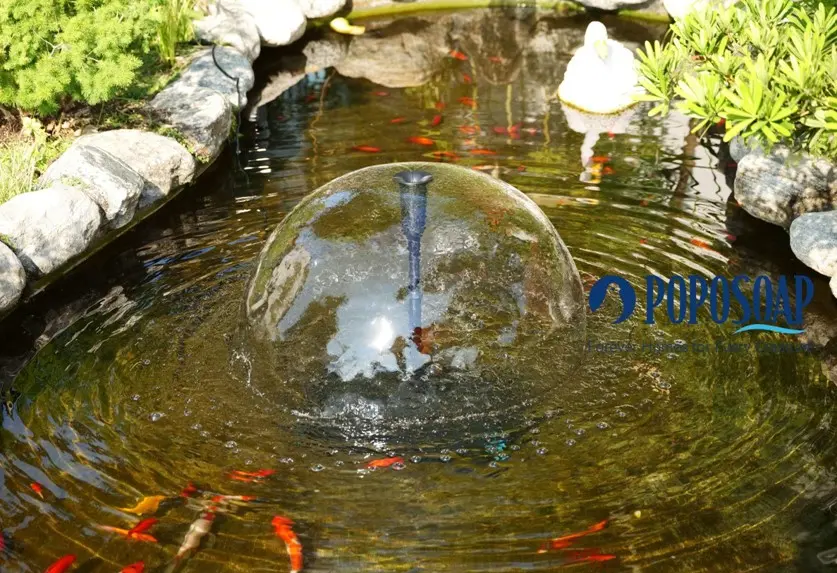
Final Thoughts
A recreational pond can transform your backyard into a stunning natural retreat. It’s a smart choice for eco-conscious homeowners who want more than just a pool they want an experience that brings relaxation, sustainability, and beauty together. With the right planning, thoughtful plant and fish selection, and essential tools, you can enjoy clean, refreshing water all year round without relying on chemicals or costly maintenance.
Whether you’re starting small with a DIY build or dreaming of a professional pondscape, the joy of a recreational pond is within reach. For all the supplies you need, visit Poposoap to bring your pond dreams to life.
Also Read-Boost Your Business with an Online Ordering Restaurant Website Builder

